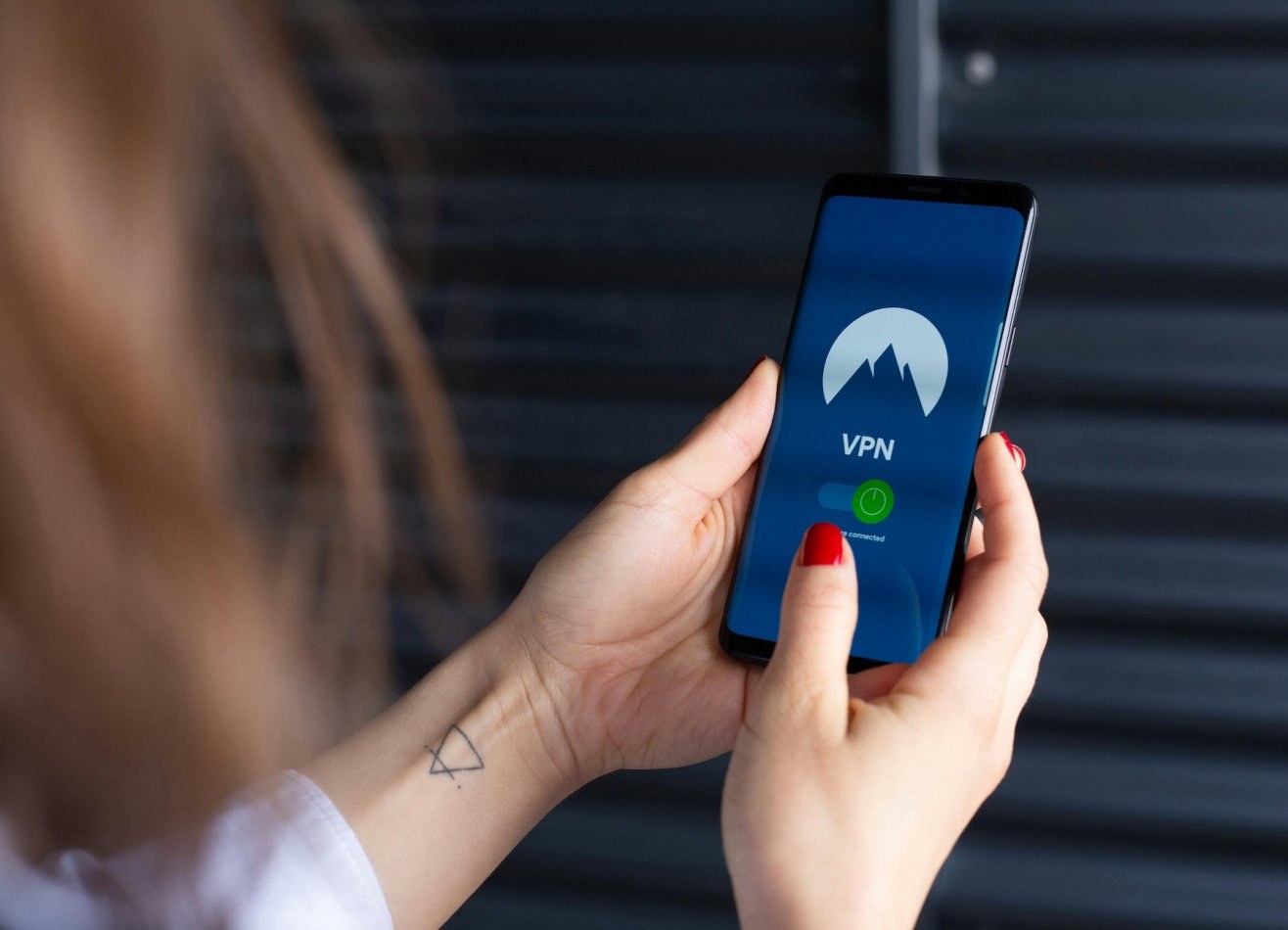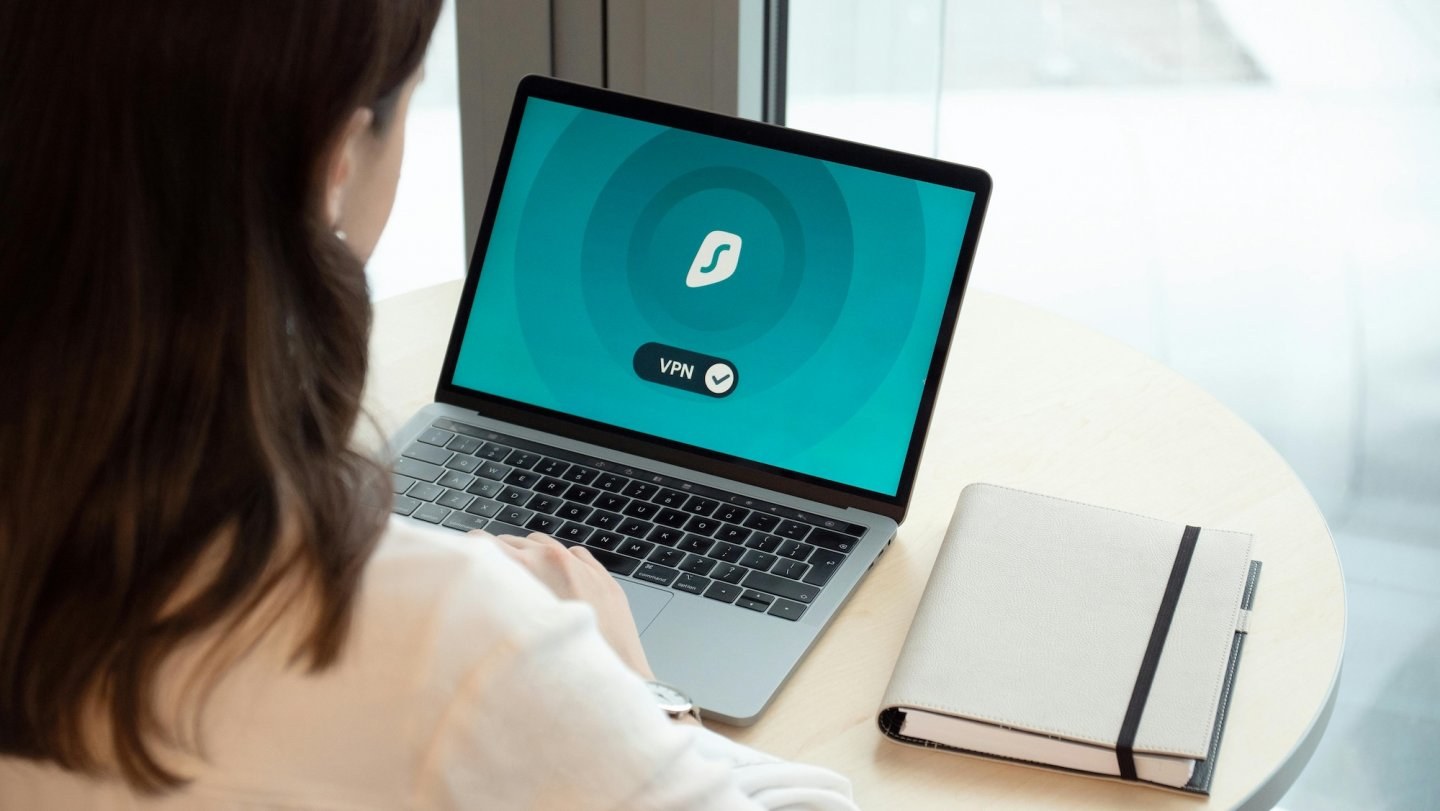
Remote work is here to stay, and as a result, many organizations are placing a greater emphasis on remote workforce security. If you have employees working from various locations—often using personal devices or unsecured networks—it’s more important than ever to take proactive steps to protect sensitive data and minimize vulnerabilities.
In this article, we’ll share practical strategies and daily habits to help you secure your remote workforce and safeguard your business.
Why Remote Workforce Security is Critical for Hybrid and Remote Workforces
In a traditional office environment, companies are generally protected by enterprise-grade firewalls and onsite IT oversight. But for hybrid or remote team members—who may rely on home Wi-Fi networks or outdated software—those built-in protections may not be in place. As cybercriminals grow more sophisticated in their tactics, the decentralization of your remote workforce can significantly increase the risk of security breaches.
Without proper remote cybersecurity safeguards, your business can be exposed to:
- Data breaches that leak confidential or customer information
- Compliance failures that result in fines and reputational harm
- Financial losses due to fraud and ransom demands
- Extortion through ransomware or blackmail
- Intellectual property theft that compromises innovation
- Operational downtime from system disruptions
According to Junaid Jeewa, Senior Director of IT Operations at G&A Partners, organizations have to expand their security perimeter to where the data and users actually are. And that shift requires a new mindset and modern solutions.
Key Vulnerabilities in Remote Work Environments
1. Unsecured Devices and Networks
Remote employees may use personal laptops or mobile devices that lack enterprise-level protections. Combined with home—or occasionally public—Wi-Fi networks that lack encryption or strong passwords, this creates potential entry points for hackers. When possible, equip your team with secure company-issued laptops and devices to strengthen remote workforce security.
2. Human Error and Phishing Attacks
Remote workers often serve as the first line of defense. However, without regular training, they may fall for phishing schemes or social engineering attacks that trick them into sharing sensitive information. These mistakes remain one of the leading causes of data breaches.
"The human element is often the weakest link,” Jeewa says. “That’s why technical tools must be paired with training and clear protocols. Security isn’t just a software solution—it’s a people solution too."
3. Weak Authentication Protocols
Password reuse, weak credentials, and the absence of multifactor authentication (MFA) leave accounts vulnerable to brute-force and credential-stuffing attacks. A growing tactic in remote workforce cybersecurity threats, credential stuffing involves inserting stolen usernames and passwords into login fields to fraudulently access business accounts. And brute-force attacks involve hackers using automated tools to guess passwords by trying countless combinations until one works. This is especially effective against weak or reused credentials.
4. Inconsistent Policy Enforcement
Maintaining consistent cybersecurity policies becomes challenging when employees are spread across states or countries—especially if your company lacks centralized monitoring tools. Without uniform enforcement, policy gaps may emerge, making your organization more vulnerable to attack.
Build a Multilayered Cybersecurity Strategy
The most effective way to secure your remote workforce is by implementing a multilayered cybersecurity strategy that combines technology tools, clear security policies, and ongoing employee education to defend against a wide range of threats.
Key components of a layered defense include:
- Endpoint protection for company-issued or personal devices to detect and block viruses, malware, and unauthorized access attempts directly at the device level.
- Secure file-sharing platforms and encrypted communication tools, such as email encryption or secure messaging apps, to prevent unauthorized access to sensitive information.
- Virtual private networks (VPNs) to mask user IP addresses and encrypt internet traffic, especially when employees are using public or unsecured networks.
- Cloud access security brokers (CASBs) to monitor, manage, and enforce security policies when employees access cloud-based applications, like Google Workspace or Microsoft 365.
- Firewalls and intrusion detection systems (IDS) to monitor network activity, block malicious traffic, and alert IT teams to suspicious behavior.
Create a Security-Conscious Remote Culture
Technology alone isn’t enough to protect your data if your team isn’t aware of the risks. Regular remote workforce cybersecurity training is essential for every employee, from new hires to leadership. With proper training and increased awareness, you can significantly reduce the risk of breaches caused by human error.
Your training and internal communications should cover:
- How to recognize phishing emails and suspicious links—and what actions to take if they appear.
- Best practices for secure file sharing and using encrypted communication tools.
- The importance of installing software updates promptly and using secure, password-protected networks.
- Company policy reminders and regularly scheduled, simulated security drills.
- New and emerging cyber threats that employees should be aware of.
Want additional tips for supporting your remote team? Watch our on-demand webinar on how to manage remote employees effectively.
Cyber Hygiene Practices to Secure Your Remote Workforce
Creating a secure remote workforce isn’t about one-time fixes—it takes consistent, proactive habits. Establishing and maintaining daily cyber hygiene practices will help you form the foundation of a resilient remote work environment.
So, what is “cyber hygiene?” It refers to the everyday routines that protect your devices, accounts, and sensitive data from cyber threats. Simple actions—like installing software updates, avoiding suspicious or unfamiliar links, and using strong, unique passwords—can reduce the risk of most remote workforce cybersecurity incidents.
To support secure operations, encourage your remote employees to:
- Use secure, company-approved desktop, laptop, and mobile devices to limit exposure to the kinds of security gaps common in personal hardware.
- Transfer files securely via encrypted channels—and never send personally identifiable information (PII) through unprotected email or messaging apps.
- Create strong passwords and use a secure password manager to store them safely.
- Enable multifactor authentication (MFA) on all work-related accounts to strengthen account protection.
- Beware of suspicious communication, especially urgent or unexpected messages requesting credentials, wire transfers or payments, or sensitive data—even if they appear to come from colleagues.
- Lock devices when not in use and avoid working in public spaces where unauthorized access or device theft can occur.
- Use encrypted cloud storage or secure external systems approved by your IT team.
- Avoid downloading unverified software and browser extensions—they can carry malware, adware, or hidden tracking scripts.
Reinforcing these behaviors reduces cybersecurity risks and empowers your employees to take ownership of data protection in their daily workflow. For a comprehensive cybersecurity checklist, sample policies, and practical tips, download G&A’s free Cybersecurity Resource Kit.
Keep Remote Systems Up to Date
Routine system maintenance is just as critical for remote workforce cybersecurity as the tools and policies you put in place. Outdated systems, software, and firmware can act as open doors for cybercriminals looking to exploit known vulnerabilities. A good rule of thumb: Any device connected to the internet must be regularly updated and maintained to stay secure.
Here are the key maintenance steps every remote setup should include:
- Enable automatic updates for operating systems, web browsers, and applications to patch security vulnerabilities as soon as fixes become available.
- Run weekly antivirus and malware scans to detect and remove malicious software that may go unnoticed.
- Update firmware on modems and routers, which often have security patches released by manufacturers.
- Regularly back up important files and data to secure, encrypted cloud storage or external drives in case of a breach or system failure.
- Remove unused applications, plugins, or browser extensions that can introduce unnecessary risks or be exploited by attackers.
Improving remote workforce security doesn’t have to be overwhelming. With the right technologies, proactive maintenance, strong cyber hygiene practices, and investment in employee education, your organization can create a remote work environment that is both secure and productive.
How G&A Can Help
Managing cybersecurity for your remote team can be complex. G&A Partners' HR experts can help you develop stronger policies and procedures that will help protect your business. Contact us today for a free consultation and learn how we can help you protect your people and data—no matter where they work.




